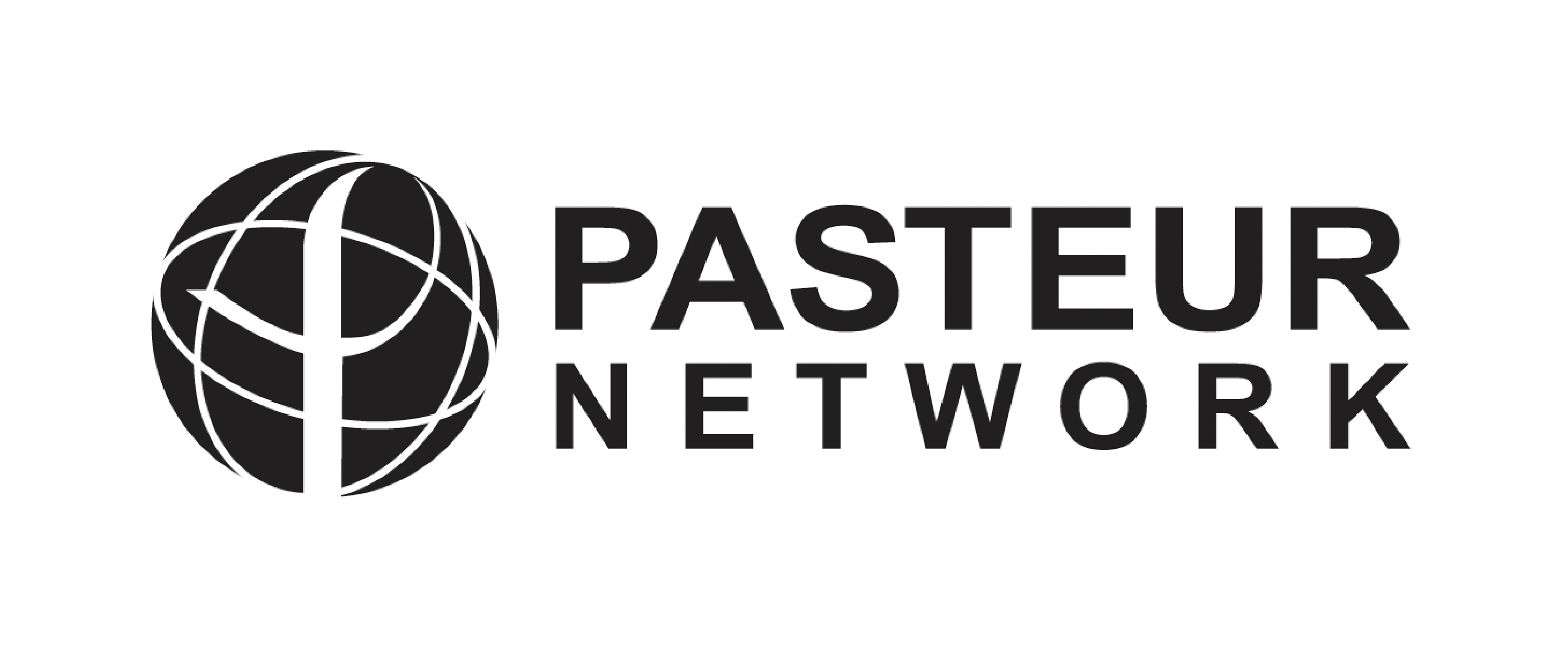Viral replication and innate host responses in primary human alveolar epithelial cells and alveolar macrophages infected with influenza H5N1 and H1N1 viruses.
Résumé
Highly pathogenic influenza H5N1 virus continues to pose a threat to public health. Although the mechanisms underlying the pathogenesis of H5N1 virus have not been fully defined, it has been suggested that cytokine dysregulation plays an important role. As the human respiratory epithelium is the primary target cell for influenza viruses, elucidating the viral tropism and innate immune responses of influenza H5N1 virus in alveolar epithelium may help to understand pathogenesis of the severe pneumonia associated with H5N1 disease. Here we used primary cultures of differentiated human alveolar type II cells, type-I like cells, and alveolar macrophages isolated from the same individual to investigate the viral replication competence and host innate immune responses to influenza H5N1 (A/HK/483/97) and H1N1 (A/HK/54/98) virus infection. The viral replication kinetics and cytokine and chemokine responses were compared by qPCR and ELISA. We demonstrated that influenza H1N1 and H5N1 viruses replicated productively in type II cells and type I-like cells although with different kinetics. H5N1 virus replicated productively in alveolar macrophages, whereas H1N1 virus led to an abortive infection. H5N1 virus was a more potent inducer of pro-inflammatory cytokines and chemokines than H1N1 virus in all cell types. However, higher levels of cytokine expression were observed in peripheral blood monocyte-derived than in alveolar macrophages in response to H5N1 virus infection. Our findings provide important insights into the viral tropism and host responses of different cell types found in the lung and are relevant to understand the pathogenesis of severe human influenza disease.
Domaines
Virologie
Loading...
